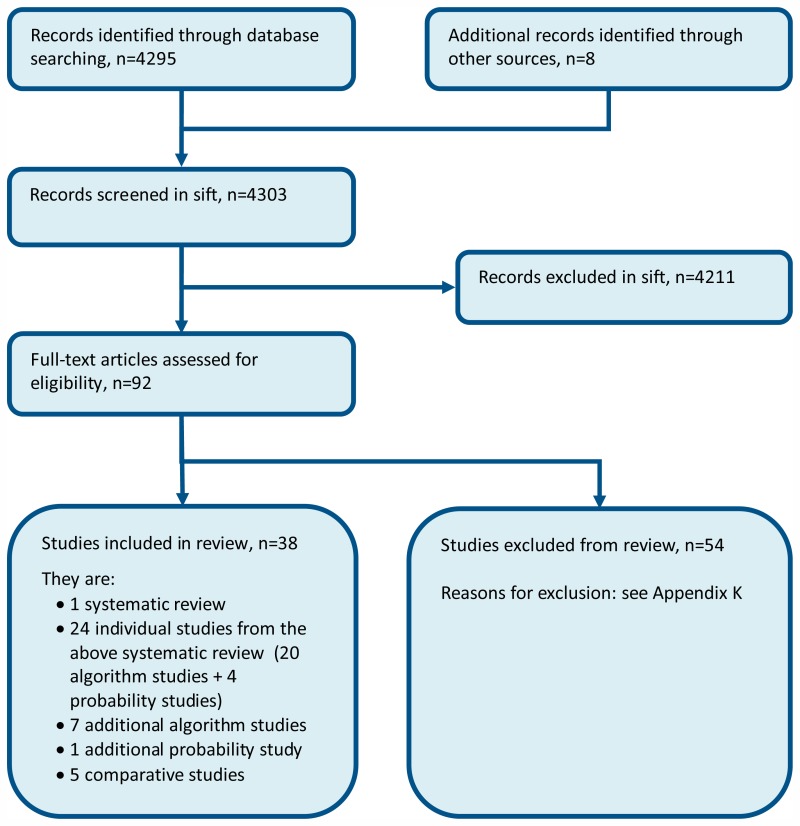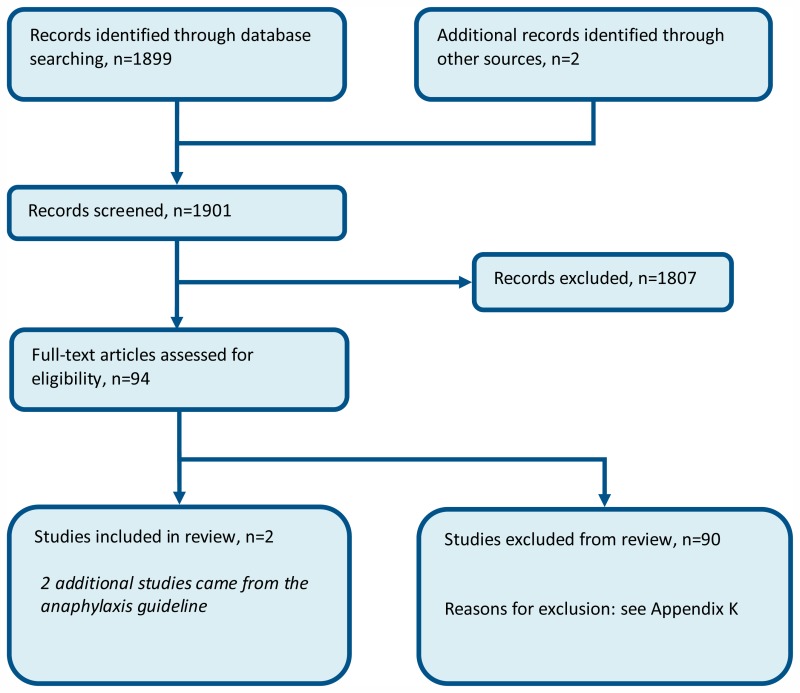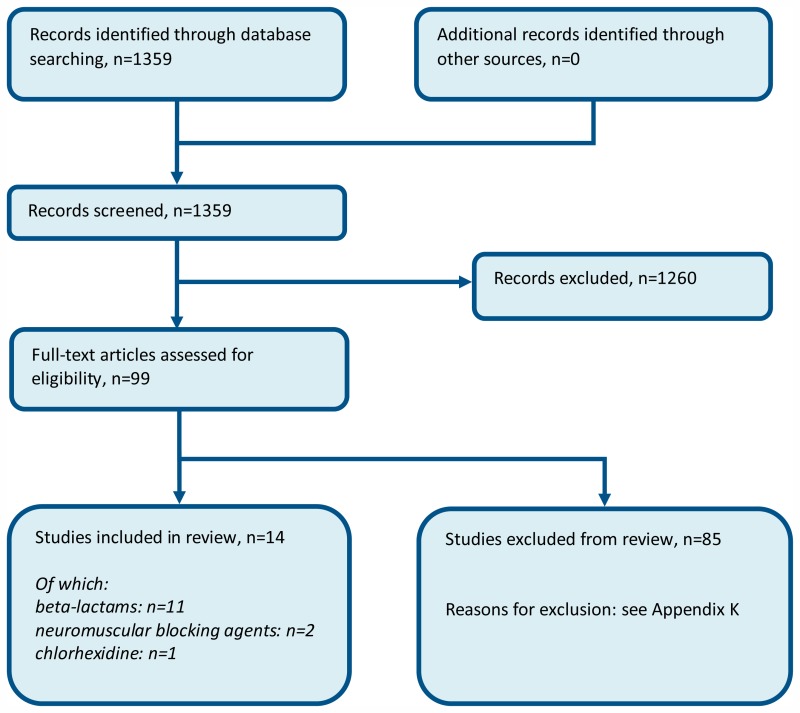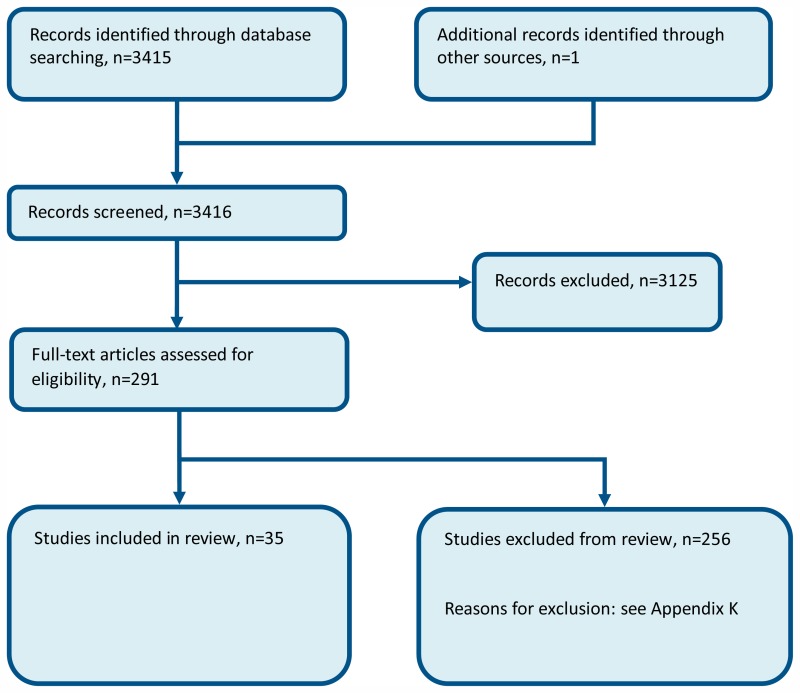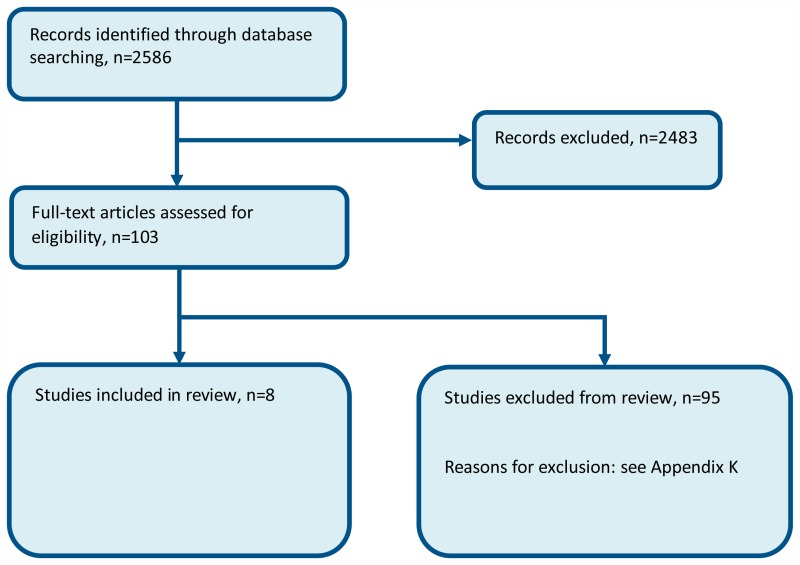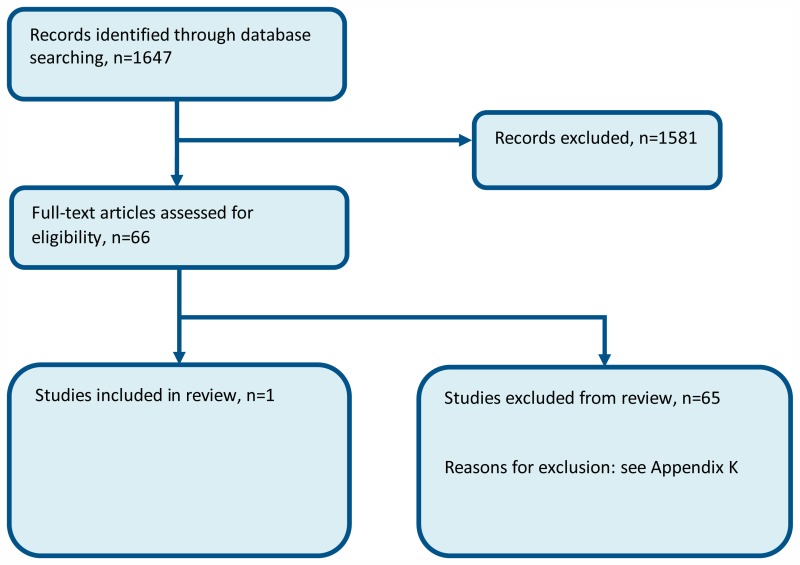E.1. Assessment
What is the clinical and cost effectiveness of clinical probability scores or algorithms in identifying or excluding drug allergies?
E.2. Measuring serum tryptase after suspected anaphylaxis
What is the clinical and cost effectiveness of serum tryptase testing compared with reference standard tests for the diagnosis of an anaphylactic reaction due to suspected drug allergy?
E.3. Measuring serum specific IgE
What is the clinical and cost effectiveness of serum specific IgE testing compared with reference standard tests in the diagnosis of drug allergy for the following drugs: amoxicillin, ampicillin, cefaclor, chlorhexidine, morphine, penicillin G, penicillin V, suxamethonium?
E.4. Documenting and sharing information with other healthcare professionals
What are the most clinically and cost effective documentation strategies for communicating drug allergy information across all NHS services to prevent patients from receiving drugs to which they are allergic?
E.5. Providing information and support to patients
What information and support should individuals with suspected drug allergy or their parents or carers receive?
What information and support should individuals who have had specialist investigations or their parents or carers receive?
E.6. Non-specialist management – selective COX-2 inhibitors
In patients who have had an allergic reaction to NSAIDs what are the factors that indicate whether people can or cannot tolerate selective COX-2 inhibitors?
E.7. Referral to specialist drug allergy services
What is the clinical and cost effectiveness of referral to specialist drug allergy services for people with suspected allergy to beta-lactam antibiotics?
What is the clinical and cost effectiveness of referral to specialist drug allergy services for people with suspected allergy to NSAIDs?
What is the clinical and cost effectiveness of referral to specialist drug allergy services for people with suspected allergy to local anaesthetics?
What is the clinical and cost effectiveness of referral to specialist drug allergy services for people with suspected anaphylaxis due to drug allergy during general anaesthesia?
Publication Details
Copyright
Publisher
National Institute for Health and Care Excellence (NICE), London
NLM Citation
National Clinical Guideline Centre (UK). Drug Allergy: Diagnosis and Management of Drug Allergy in Adults, Children and Young People. London: National Institute for Health and Care Excellence (NICE); 2014 Sep. (NICE Clinical Guidelines, No. 183.) Appendix E, Clinical article selection.
